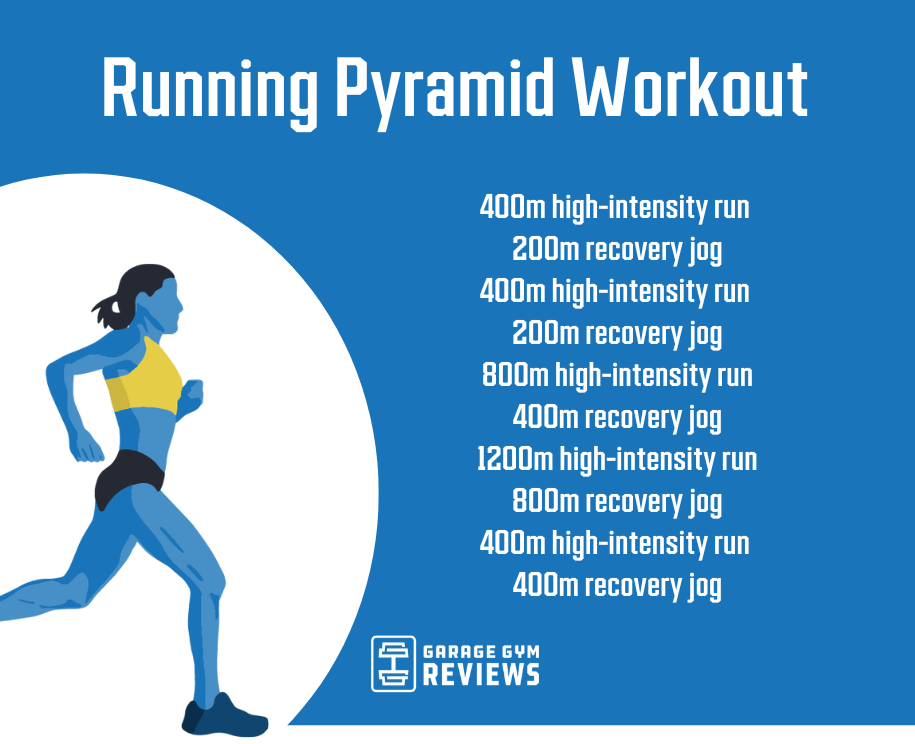Maximize Your Running Workout: Specialist Strategies Introduced
Maximize Your Running Workout: Specialist Strategies Introduced
Blog Article
Handling Common Running Discomforts: Causes, Solutions, and Avoidance
As joggers, we commonly encounter numerous pains that can hinder our performance and enjoyment of this exercise. From the devastating pain of shin splints to the nagging IT band disorder, these common running pains can be aggravating and demotivating. Recognizing the reasons behind these conditions is vital in successfully resolving them. By checking out the origin reasons for these operating discomforts, we can uncover targeted solutions and preventative actions to make certain a smoother and much more satisfying running experience (get the real info).
Typical Running Pain: Shin Splints
Shin splints, an usual running pain, typically arise from overuse or inappropriate shoes throughout physical activity. This problem, medically referred to as median tibial stress disorder, materializes as discomfort along the internal side of the shinbone (tibia) and prevails amongst athletes and runners. The repetitive stress and anxiety on the shinbone and the cells attaching the muscles to the bone brings about inflammation and discomfort. Runners that swiftly raise the intensity or duration of their workouts, or those that have flat feet or improper running techniques, are specifically prone to shin splints.
To avoid shin splints, people need to slowly increase the strength of their exercises, wear proper footwear with appropriate arch assistance, and keep adaptability and strength in the muscles surrounding the shin. If shin splints do take place, first therapy includes remainder, ice, compression, and altitude (RICE) In addition, incorporating low-impact activities like swimming or cycling can assist keep cardio fitness while enabling the shins to heal. Consistent or extreme instances might require medical assessment and physical therapy for efficient administration.
Common Running Pain: IT Band Disorder
In enhancement to shin splints, an additional widespread running discomfort that athletes frequently experience is IT Band Syndrome, a problem triggered by swelling of the iliotibial band that runs along the external thigh and knee. IT Band Syndrome typically shows up as discomfort outside of the knee, specifically throughout activities like running or biking. The iliotibial band is a thick band of fascia that links the hip to the shin, and when it becomes swollen or limited, it can rub versus the upper leg bone, resulting in discomfort and discomfort.
Runners experiencing IT Band Syndrome might discover a stinging or hurting feeling on the external knee, which can aggravate with continued task. Aspects such as overuse, muscle mass imbalances, incorrect running form, or poor warm-up can add to the growth of this condition. To stop and ease IT Band Syndrome, joggers ought to concentrate on stretching and strengthening workouts for the hips and thighs, appropriate footwear, progressive training progression, and resolving any type of biomechanical concerns that may be aggravating the issue. Overlooking the signs of IT Band Syndrome can cause chronic issues and prolonged recovery times, highlighting the value of very early treatment and proper management techniques.
Usual Running Pain: Plantar Fasciitis

Plantar Fasciitis can be credited to various variables such as overtraining, improper footwear, operating on hard surface areas, or having high arches or level feet. To stop and minimize Plantar Fasciitis, runners can include stretching workouts for the calf bones and plantar fascia, wear supportive footwear, maintain a healthy weight to minimize strain on the feet, and gradually raise running intensity to stay clear of sudden stress and anxiety on the plantar fascia. If symptoms linger, it is suggested to speak with a healthcare specialist for appropriate diagnosis and treatment options to attend to the problem properly.
Common Running Discomfort: Runner's Knee
After resolving the challenges of Plantar Fasciitis, one more common concern that runners usually face is Runner's Knee, an usual running discomfort that can hinder athletic performance and trigger pain throughout physical activity. Runner's Knee, likewise understood as patellofemoral discomfort disorder, manifests as pain around or behind the kneecap. Runners experiencing this pain may feel a plain, aching pain while running, going up or down stairways, or after extended durations of resting.
Usual Running Discomfort: Achilles Tendonitis
Commonly afflicting runners, Achilles Tendonitis is an agonizing problem that influences the Achilles ligament, creating pain and possible constraints in exercise. The Achilles ligament is a thick band of cells that attaches the calf bone muscular tissues to the heel bone, crucial for activities like running, leaping, and strolling - check out more here. Achilles Tendonitis usually creates due to overuse, improper footwear, insufficient extending, or unexpected rises in exercise
Symptoms of Achilles Tendonitis include discomfort and tightness along the tendon, specifically in the early morning or after periods of lack of exercise, swelling that aggravates with activity, and possibly bone stimulates in chronic instances. To protect against Achilles Tendonitis, it is vital to stretch properly in the past and after running, put on proper footwear with proper assistance, progressively enhance the intensity of exercise, and cross-train to reduce repetitive tension on the tendon.
Final Thought

Report this page